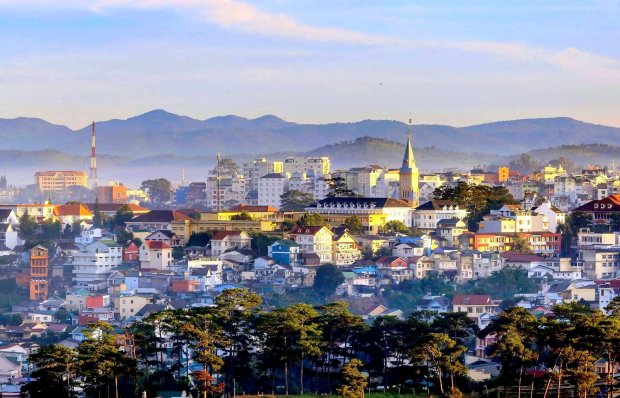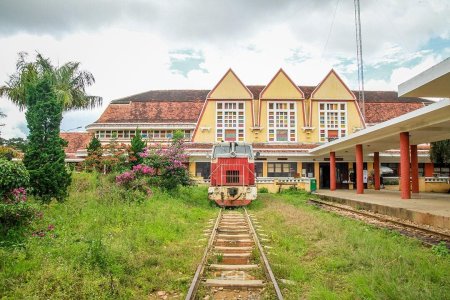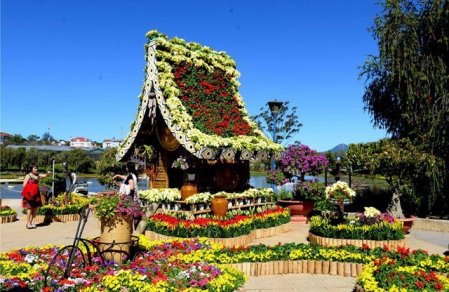Da Lat: Where Culture Blossoms in the Mist

As Vietnam's tourism landscape shifts toward more immersive and experience-driven travel, Da Lat has emerged as more than a picturesque mountain retreat—it is now a cultural crossroads waiting to be discovered. Strategically located just 30 kilometers from Da Lat’s vibrant heart, Lien Khuong International Airport (DLI) plays a vital role in opening the doors to this unique blend of heritage, creativity, and tradition.
From runway to ritual, DLI connects travelers to the cultural soul of the Central Highlands within a short 40-minute drive. Whether it's the rhythmic beat of gong performances in K’Ho villages or the serene beauty of French colonial architecture, every corner of Da Lat tells a story—and it begins with a smooth landing at Lien Khuong.
A Tapestry of Ethnic Cultures
Da Lat and the wider Lam Dong province are home to a diverse array of ethnic communities, including the K’Ho, Ma, and Chu Ru peoples. Their enduring customs—ranging from hand-woven brocades to ceremonial music—have shaped the region’s identity for centuries. In villages such as Lang Biang, visitors can take part in authentic experiences like traditional weaving or join in the melodies of a UNESCO-recognized gong ensemble.
Just beyond the airport’s arrivals gate lies a world of layered history. Once a French colonial retreat, Da Lat’s streets are lined with Art Deco villas, ornate churches, and the storied Da Lat Railway Station. These remnants of the past have been transformed into living museums, offering travelers a rare blend of local tradition and global influence.

Colonial Legacies and French Influence
Established by the French in the early 20th century as a resort town, Da Lat retains a European flair, evident in its Art Deco villas, Catholic cathedrals, and the iconic Da Lat Railway Station, a rare example of Indochine architecture.

The Domaine de Marie Church and the Bao Dai Summer Palace (Palace I, II, and III) offer glimpses into the colonial past and the lifestyle of Vietnam's last emperor.
Art, Creativity, and Local Stories
In recent years, Da Lat has become a canvas for contemporary Vietnamese storytelling. Spaces like XQ Historical Village merge embroidery with performance art, while independent studios and cafés host workshops in ceramics, calligraphy, and photography inspired by the region’s cultural roots.
The Da Lat Museum of Ethnology, housed in a former French governor’s residence, provides deep insight into the cultural convergence of the area—making it a key touchpoint for both tourists and cultural researchers.

A Strategic Opportunity for Route Development
As airlines explore new markets in Asia and beyond, destinations offering authentic cultural value are gaining prominence. Da Lat’s rich tapestry of ethnic heritage, colonial history, and creative industries makes it an attractive choice for heritage-driven leisure travelers, cultural scholars, and high-yield FIT (Free Independent Traveler) segments.
DLI’s growing infrastructure—combined with planned expansions under ACV’s development roadmap—positions it as a strategic node for developing new regional routes, particularly from Thailand, Korea, and China. In a competitive landscape where cities compete not only with beaches and skylines but with identity and authenticity, Da Lat offers a narrative that resonates deeply.
Lien Khuong International Airport is more than a transit hub—it is the bridge that connects international visitors with Vietnam’s living culture in Da Lat. For route planners and airline strategists, tapping into Da Lat’s cultural capital is not just a story worth telling, but an opportunity worth flying toward.


